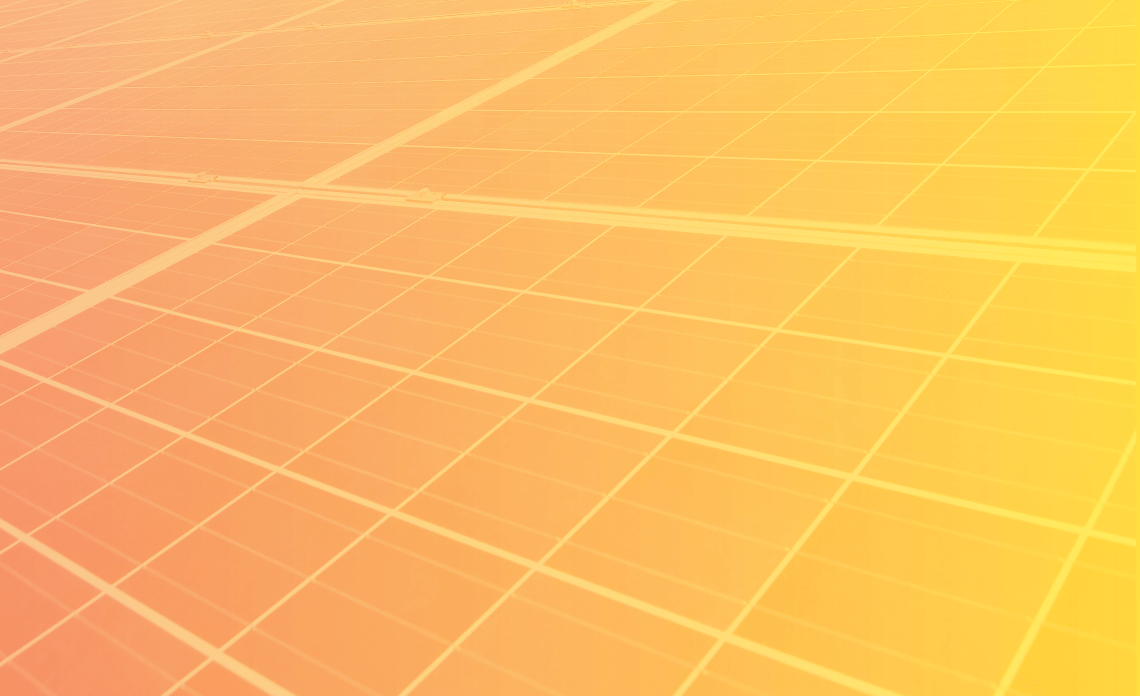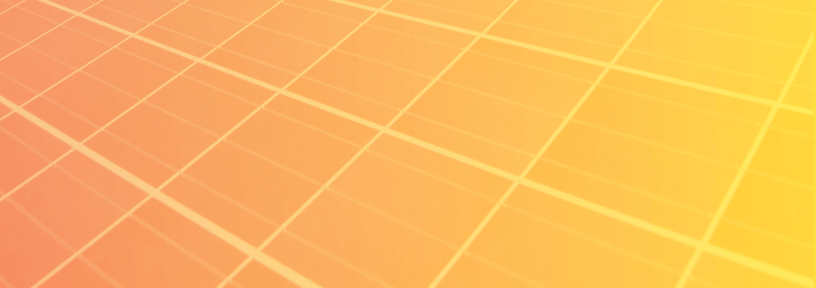But every one of the two million solar systems already installed in Australia includes at least one inverter, which can be thought of as the heart of the system—if it’s not working, your solar generation is wasted.
In a nutshell, an inverter takes electricity from a power source that produces ‘DC’ electricity, such as solar panels or a battery system, and converts it into mains-equivalent 230 volt ‘AC’ electricity ready for use in your house.
AC (alternating current) and DC (direct current) are two different forms of electricity. Mains electricity is AC and PowerPoints and light fittings utilise AC electricity, but many small appliances convert it to DC before using it.
Why you need a good inverter
It is important to have a good inverter. In grid-connect systems, an inverter failure means your solar panels are doing nothing until the inverter is repaired or replaced. Still, it’s worth remembering that even the best inverter is unlikely to last as long as the rest of your system. Solar panels should last more than 25 years, but inverters are not generally expected to last much more than 10 or 15 years. You can expect to replace your inverter at least once over the life of your solar PV system.
Which inverter for your needs?
1. Grid-interactive inverter
Most currently installed grid-connected solar PV systems use a grid-interactive inverter. A grid-interactive inverter converts the energy from solar panels into mains power and feeds it into the house’s electrical wiring. The panels are connected to the inverter as a series of connected strings with each panel feeding into the one following it, much like fairy lights. If one panel suffers reduced output, such as by shading, it can affect all panels in that string. As indicated by the name grid-interactive, these inverters can export energy into the grid, and require a grid connection (or an equivalent 230 volt AC supply) to operate; if the grid goes down (i.e. a blackout) then they stop operating.
2. Microinverter
Another type of grid-interactive inverter is the microinverter, which is designed to be mounted on the back of a solar panel to make the panel itself a grid-interactive module. These are ideal for those who want to start small and increase their system over time, or for systems where the array may be partially shaded. In a solar system using microinverters, each panel is independent of the others and not affected if other panels are shaded.
3. Hybrid inverter
When a system also includes energy storage (batteries) it gets a little more complex, as the inverter needs to deal with charging and discharging the battery in addition to generation (solar panels) and the grid.
Systems with batteries often use a more complex type of inverter called a hybrid inverter, which can feed energy into the grid from either the solar array or the battery bank.
Many hybrid inverters can also power a property from the batteries and solar during a power failure, in effect becoming a large UPS (uninterruptible power supply). They can also charge the batteries from the grid.
This makes many hybrid inverters true bi-directional devices, and many, if not most, can handle all of the energy flows in an energy system. Some can even divert the excess solar energy to a particular load, such as a water heater, replacing the need for a separate device, known as a solar diverter, for this purpose.
However, hybrid inverters are not essential for solar PV systems with batteries. Batteries can be used with standard grid-interactive inverters or with microinverters, usually by adding an extra inverter, or by using a battery with a built-in inverter.
These types of setups, though, don’t necessarily have all the extra features of hybrid inverter-based systems.
Updated

